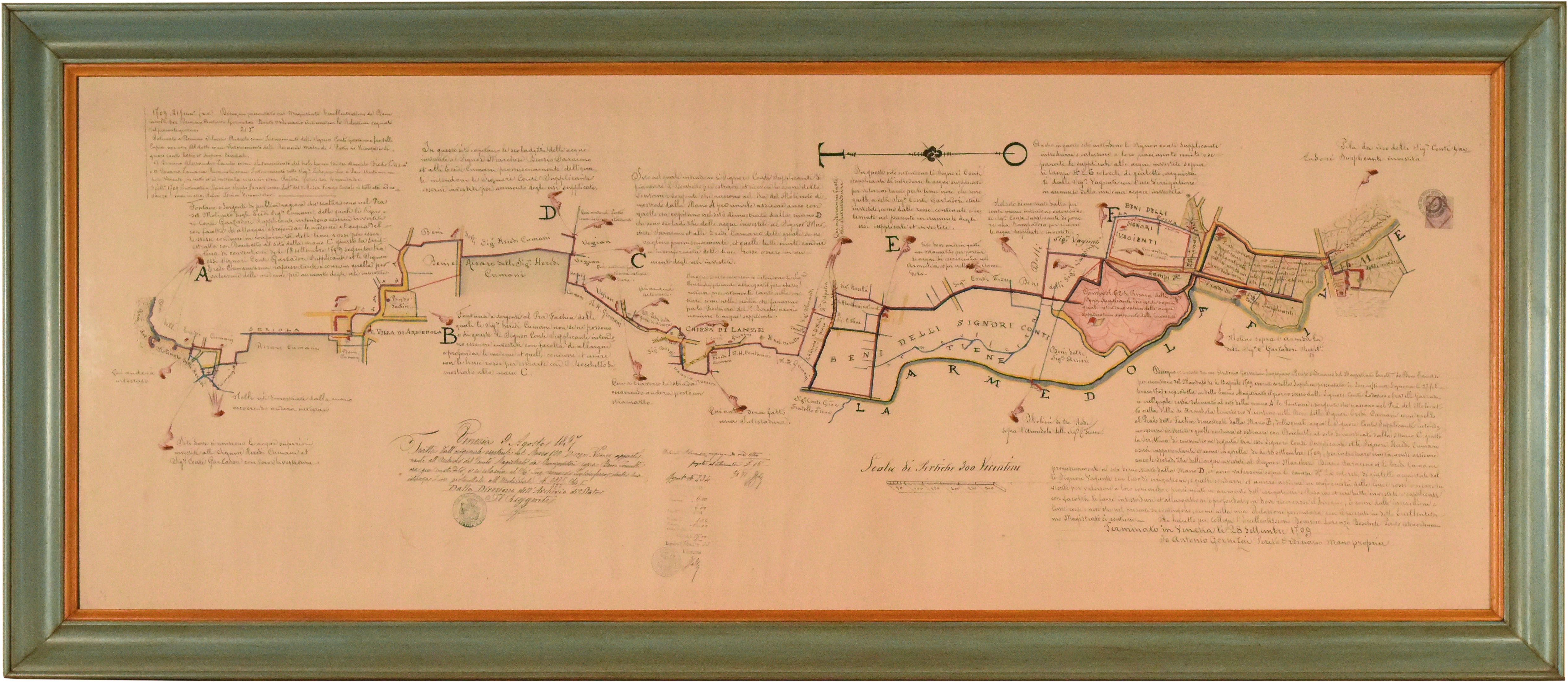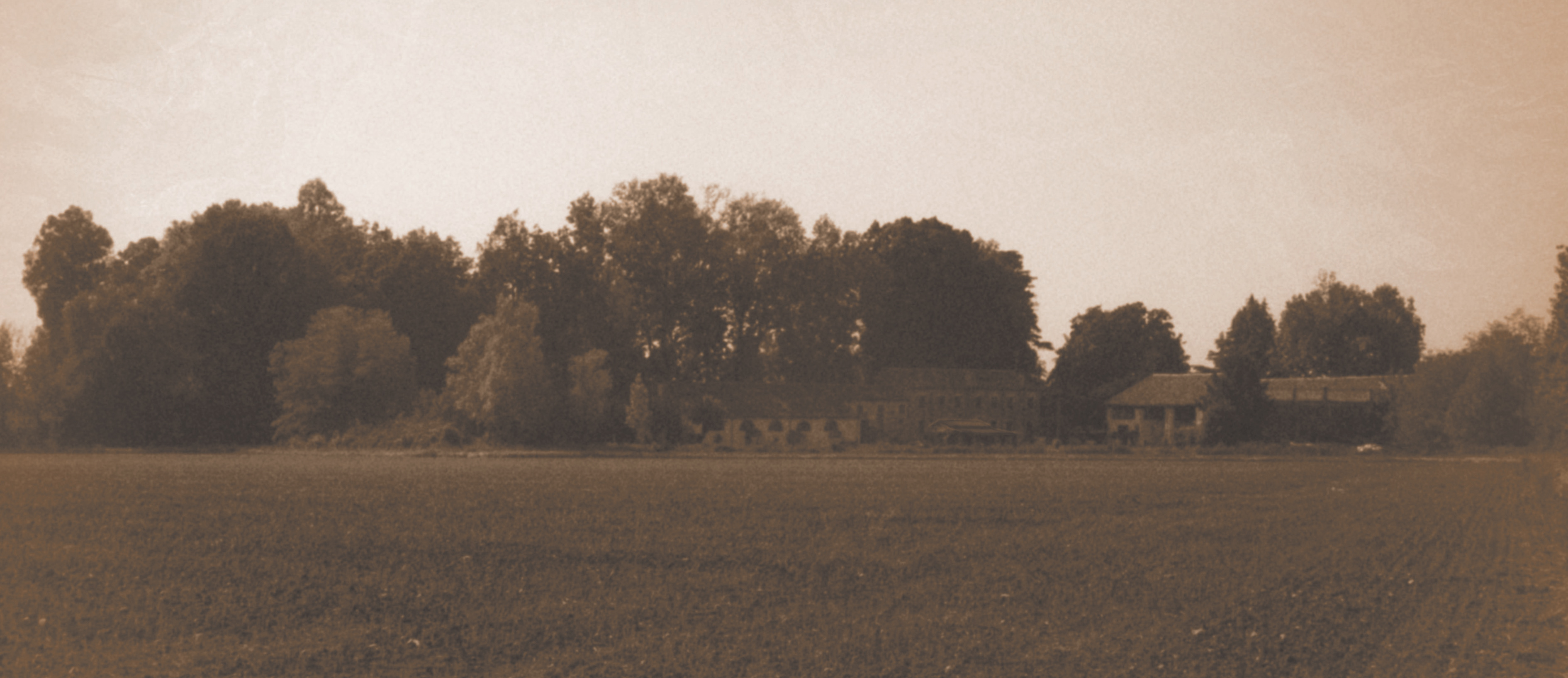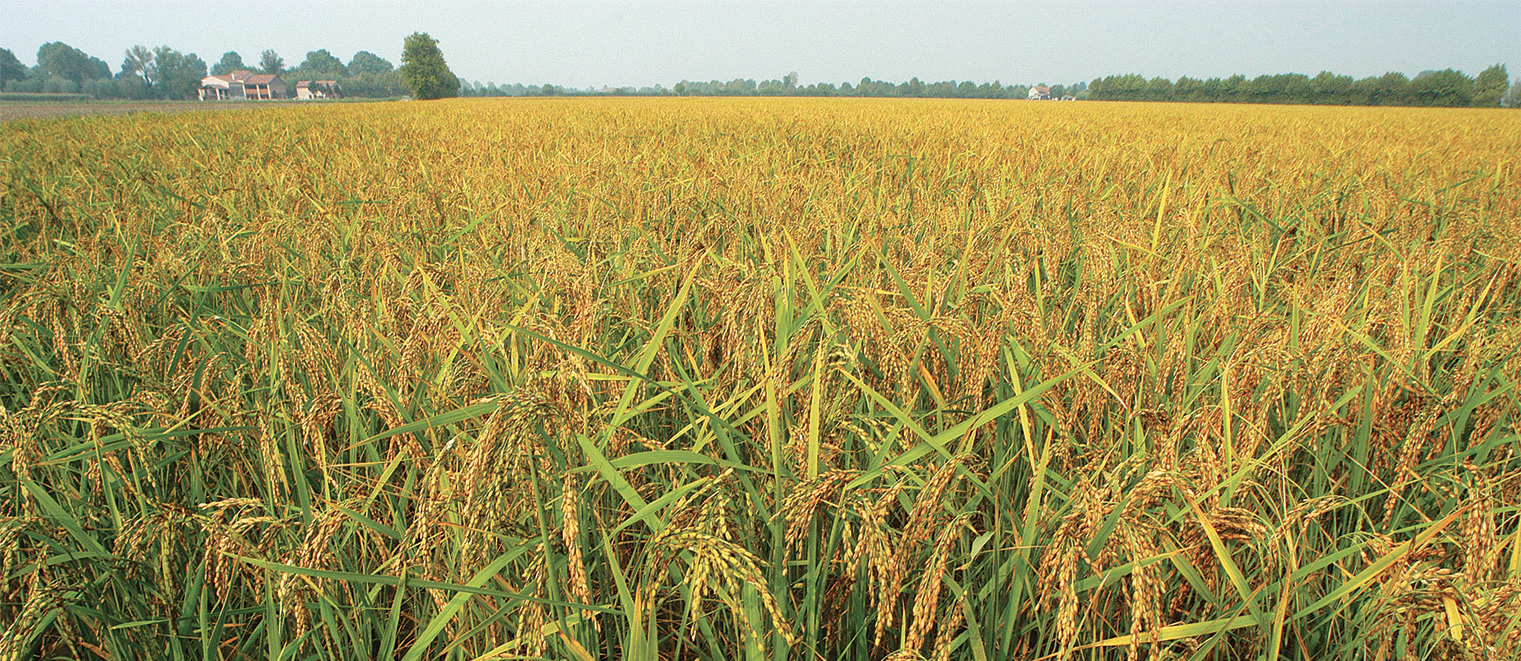HISTORY OF THE
AZIENDA AGRICOLA DE TACCHI FARMING ENTERPRISE
Rice originally imported to Venice
from the Orient and introduced in the mainland areas of the Veneto
This cereal has been cultivated in the ancient village of Grantortino (formerly Grantorto Vicentino) ever since it was introduced into the area by Venetian traders in the 1400s. To a large extent Venice acquired its enormous wealth by trading with the East and soon discovered rice, which it imported along with various spices. However, rice was not considered a real food in the 15th century; it was sold at the local spezierie (pharmacies) and was generally used for medicinal purposes.
As the discovery of America became an increasingly important factor the European interest in Oriental spices began to wane and many of the Venetian maritime trading activities were abandoned. It later became increasingly difficult to purchase this cereal from Eastern sources. The people of the Veneto began to use rice as a basic food and, following the abandonment of certain trading activities, Venetian patrician families that owned large estates on the mainland started to invest in its cultivation.
The Repubblica Serenissima (the ‘Most Serene Republic of Venice’) was initially opposed to granting irrigation rights that were required for its cultivation as this would result in a loss of revenue from customs duties and, moreover, it would be necessary to dig new canals and divert rivers with very costly forms of intervention and works. When Venetian patricians presented their applications to obtain irrigation rights, these were granted very sparingly by the superintendents of the waterways and uncultivated land.

A map indicating the waterways and canals in the Grantortino area that were controlled and regulated by the government of the Venetian Republic

The cultivation of rice over the centuries
The cultivation of rice began in a significant manner on the plain to the south of Verona, between the Po and Adige rivers and at Isola della Scala in particular. A lesser-known fact is that the rights to irrigate land and cultivate rice were simultaneously also granted in rural communities close to Vicenza and especially in the area to the east of the city, between the Tesina and Brenta rivers. Old maps of the waterways of the mainland territories of the Republic show that in this area many of the estates were owned by Venetian patrician families or were controlled by monasteries and ecclesiastical authorities. It is not difficult to imagine why certain privileges that were denied to other landowners were generously granted in this part of the ancient Republic…
The local cultivation of rice has gradually diminished and now occurs only in the area of Grumolo delle Abbadesse and around a few neighbouring villages, including Grantortino. Historical records clearly reveal that the cultivation of rice at this site began in the early 16th century. From the early 1400s onwards ownership of the land in this area was held and retained by the succeeding generations of just three families. The original documents compiled by officials of the Venetian Republic centuries ago that were issued to these landowners confirm the presence and reveal the actual location of the original risare (rice fields). This area was recently recognized by the Slow Food association as a historic place of production of the Vialone Nano rice variety and it is consequently now protected by a local Presidium.
At its premises the Azienda Agricola Francesco De Tacchi still uses old barchesse (rural porticoed outbuildings or barns) overlooking the selese, the paved courtyard where sheaves of rice were once accumulated and laid out to dry. In the past the sheaves were often transferred from the rice fields to the central farm buildings on flat-bottomed barges drawn by oxen, a typical method of transport adopted during the period of the Venetian dominion. The Republic of Venice was of course one of the ancient maritime republics of the Italian peninsula and would thus naturally tend to employ its boats and barges for various purposes along the fluvial routes of the mainland territories. The local watercourse, sections of which were realigned or widened in the 16th century, is still referred to as the Condotto (a waterway forming part of a canal system).
At the farm there are some remaining relics of an old rice-husking mill and pieces of a flour grindstone from a 16th-century three-wheel mill-house. During the Austrian occupation following the demise of the Republic of Venice and after a popular protest, Grantorto Vicentino fell under the jurisdiction of the Province of Padua and the village was renamed Grantortino.

An old view of the company premises

Recent history
In the late 1800s, due to malaria and the risk of infection caused by the presence of large numbers of mosquitoes, the rice fields were transformed into irrigated grassland and local families were treated with quinine. As this form of medication was not readily available in the Veneto region at that time, it was imported directly from Vienna by the De Tacchi family.
During the First World War the villa and farm buildings were used as a military hospital; a few written testimonies relating to events of this period are still visible on the walls of the entrance. Similar situations arose during the Second World War. The buildings on the estate were occupied by the German army and used as a local military headquarters and for the storage of ammunition. At a certain point it was feared the premises might be destroyed but fortunately the Germans eventually withdrew, leaving the buildings intact.
Thanks to a careful examination of maps of the watercourses and canals of the mainland territory of the Serenissima and considering the old local saying “Rice will grow wherever grass grows”, a hundred years after their abandonment the rice fields originally cultivated during the period of the Venetian Republic have now been restored and old traditions are revived.
With a view to valorising these historical agricultural traditions the decision was made to initiate the cultivation of the local Maranello and Biancoperla varieties of corn and make it easier for people to rediscover the traditional Venetian cuisine.

Ripened rice on the company farmland